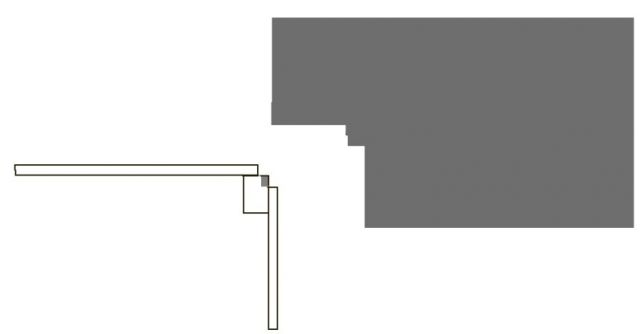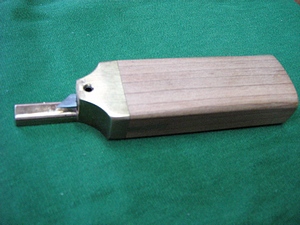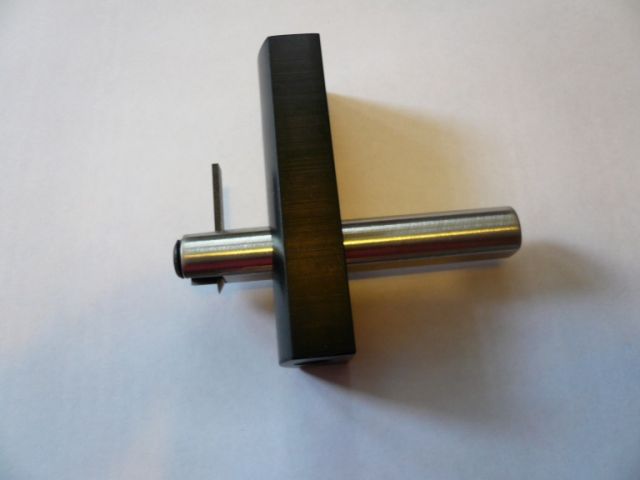I’m about to hit a hurdle that I’m not sure how to overcome short of weakening and buying more power tools. I’ve been trying to avoid power tools as much as possible, mostly because I hate the noise, but I also enjoy the challenge of doing without them, it’s good therapy… (newly reformed smoker). The only concession I’ve made to this so far has been to send timber down to Barry at Woodstone and have it sliced at 4mm. He did a fantastic job, it cost out about the same with postage as when I had some cut locally and he recovered almost twice as many sets as I got from the local timber workshop, which cut them at 6mm thick when I asked for 4mm. Blatant plug but the guy is a gem and wonderfully helpful.
Back to the problem… In the next week or so I should have my sides bent and be about ready to start assembly, the problem is I haven’t thought of a good way to notch out the corners for the bindings. The only idea that jumps out at me is to cut and shape the top back and sides near to the size the would be after they had been routed out and glue them back from the edge of the lining (see pic). Then I could notch a scraper to the profile I need and use it to clean it up and remove the corner of the lining.
So, is there a better or easier way short of buying a trimmer or router? What problems am I going to hit doing it this way?
Any thoughts and suggestions would be greatly appreciated.

Cheers
James

